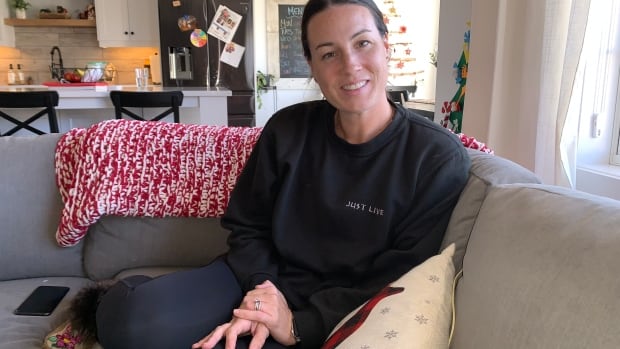
It wasn’t long after her son was born in August of 2021 that Michelle Hughes was diagnosed with an ultra-rare sarcoma cancer.
“My first oncologist told me I have three years,” Hughes said.
It’s called Epithelioid hemangioendothelioma, or EHE for short.
“It’s a rare, but also very unique cancer and it affects people very differently,” Hughes said. “There are some people who get diagnosed and pass away in a matter of weeks or months, but there are some that have lived for twenty years.”
When she was first diagnosed, the doctor hadn’t heard of EHE.
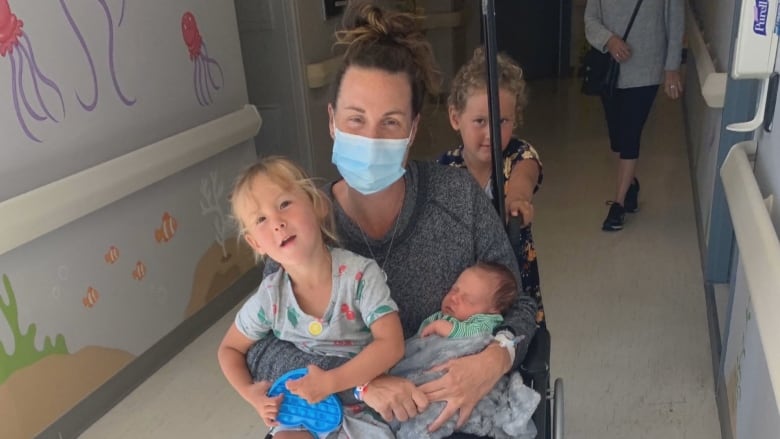
“It’s very hidden, it’s very hard to see, ” Hughes said. “You can’t see it on ultrasound per se. I have cancer in my leg, liver, innumerable tumours in my lungs.”
Since the diagnosis in 2021, Hughes said she is finding hope and figuring out how to manage the unpredictable cancer that doctors still don’t know a lot about.
“I don’t need to be defined within a three-year lifetime,” she said. “I can do this for years and years and there’s hope there.”
Years without answers
Hughes had been experiencing pain on and off for years and visited dozens of different doctors looking for answers.
“It was really frustrating and really difficult experiencing the pain over the years, but I was living my life,” she said. “It wasn’t like I was in constant pain 24/7.”
It wasn’t until the young mother of three collapsed, only weeks after having her son, Hatton, that led to weeks of testing — and after many blood tests and numerous body scans, she’d eventually get her diagnosis.
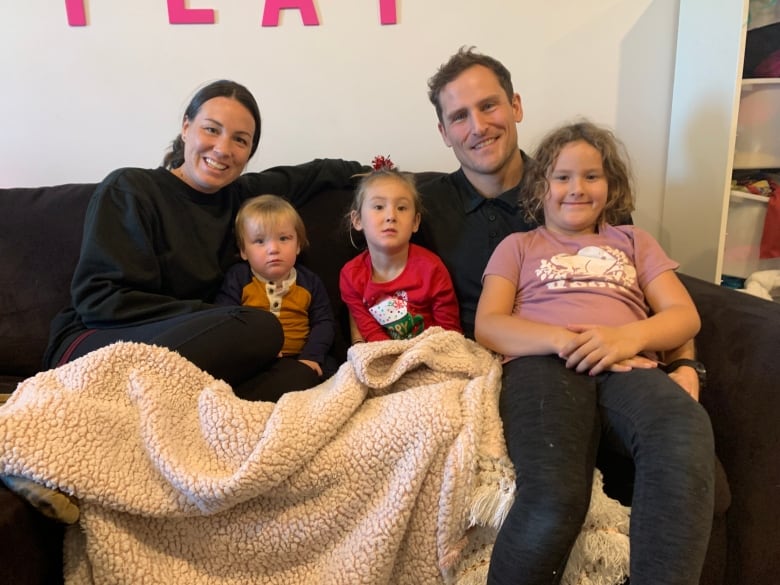
Since that time, she has new hope for how long she will live, and is doing what she can to keep the numerous tumours throughout her body stabilized. Hughes gets scans every three months. She has been taking experimental medication and, so far, there are no new tumours and no new growth.
“I’m kind of thankful that they didn’t find it six years ago, because I wouldn’t have my [children], my Juliet, my Adeline, my Hatton — I’m a mom and that’s my purpose,” she said.
It’s a really, really difficult thing to comprehend that someone can have sarcoma and be flourishing.— Tyrrell Hughes
She and her husband Tyrrell, or Ty, needed fertility treatments and said it was a heart-wrenching journey. Before they had their three kids, they lost a son who was stillborn, and Michelle had a miscarriage.
Now, they cherish their role as parents.
Hughes said she remains focused on nutrition and exercise, running almost daily — pushing two kids in front of her and pulling one behind in a specialized stroller attached to her waist.
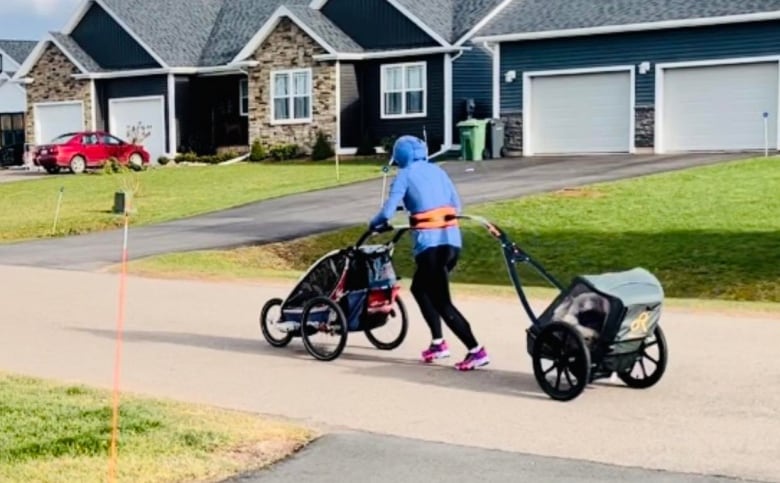
“She is getting a lot of feedback from her body, that exercise and nutrition that she is paying attention to is paying off massively,” her husband Ty said. “It’s a really, really difficult thing to comprehend that someone can have sarcoma and be flourishing.”
Michelle fully admits she didn’t like exercise at first, or thinking about her diet in her “past life.” That perception has drastically changed.
“Exercise is what I’ve quickly learned is my true medicine … I do it to feel alive and it feels amazing,” she said.
Being active helps to reduce chronic inflammation for her, which can be a source of pain. She is also very focused on being a mom.
“I believe he is here to keep me busy, he is here to show me that cancer does not define me, that ‘mama’ defines me. As everyone knows when you have an infant: life doesn’t stop,” Michelle said, laughing.
A rare cancer and an abundance of hope
Michelle is under the care of Dr. Abha Gupta, a medical oncologist at the Princess Margaret Cancer Centre in Toronto.
Gupta said EHE is “exceptionally rare,” noting that sarcomas make up one per cent of all cancer cases and EHE cases are less than one per cent of those sarcomas.
She said she is impressed with how Michelle is doing.
“You would never know watching her running down the street with her baby, or, you know, just taking care of her family and going about her day to day that she has, on paper, Stage 4 cancer,” said Gupta.
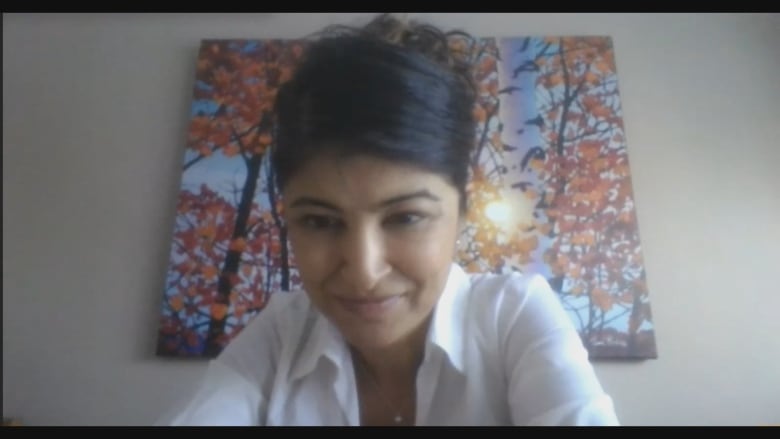
She said there is an unpredictable nature to EHE and that Hughes shows that.
“We are learning about the differences and the biology of different EHE subtypes and, thankfully, Michelle has the kind which is associated with a more indolent course,” she said. “Absolutely, people with EHE — even if they have lesions in their lungs and liver — can live, hopefully, for decades,” said Gupta.
“It is possible that EHE may not be the cause of Michelle’s death in the future, it is just something that she has to live with.”
Holding on to the motto ‘just live’
Michelle holds fundraisers of all kinds, from bottle drives to making Christmas ornaments, to help fund research. She also writes regularly on her Facebook page “My Journey to Just Live” — a motto that’s close to heart.
“Everyone can apply ‘just live’ to their life,” she said. “Time is a gift, nobody knows when their time is coming … my mindset has changed,”
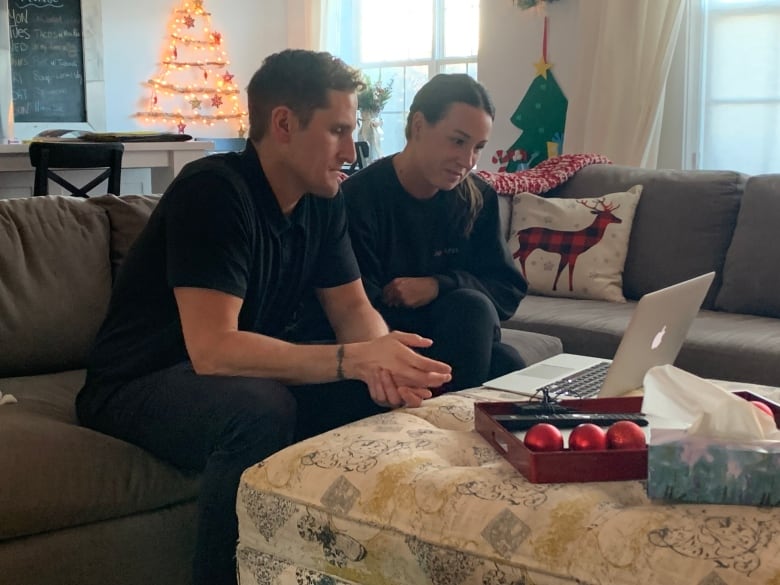
Michelle said it is possible to thrive even with an incurable cancer, adding “I don’t need to be defined within a three-year lifetime, I can do this for years and years and there’s hope there.”
For her husband Ty, that means many more milestones to come for Michelle.
“I foresee her being at all of our children’s graduations,” he said, “walking our daughters down the aisle, and her and I spending the rest of our lives together.”